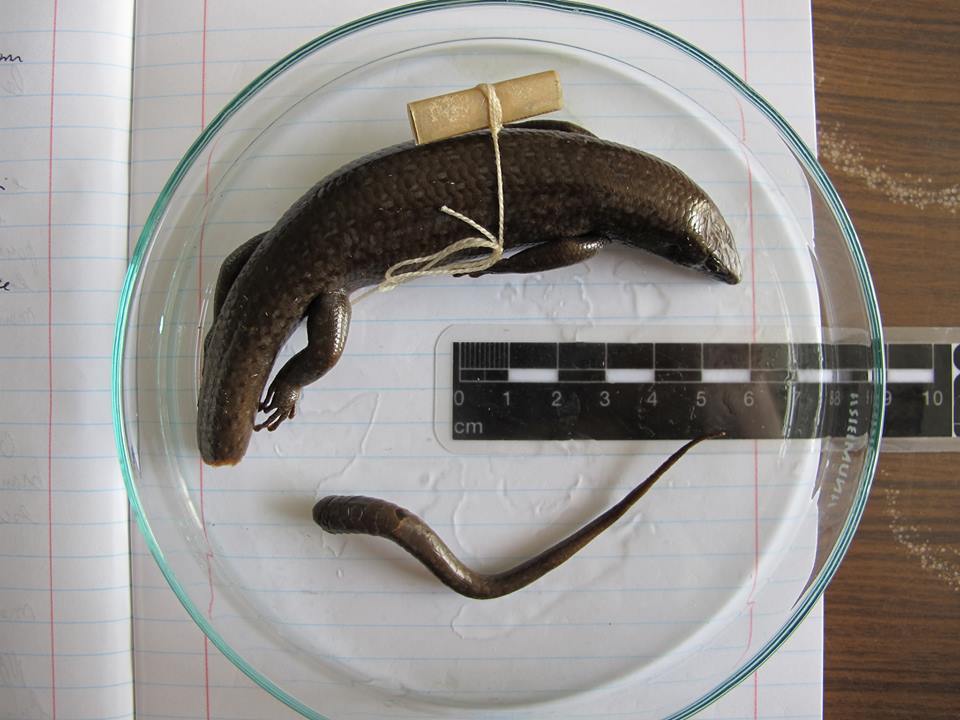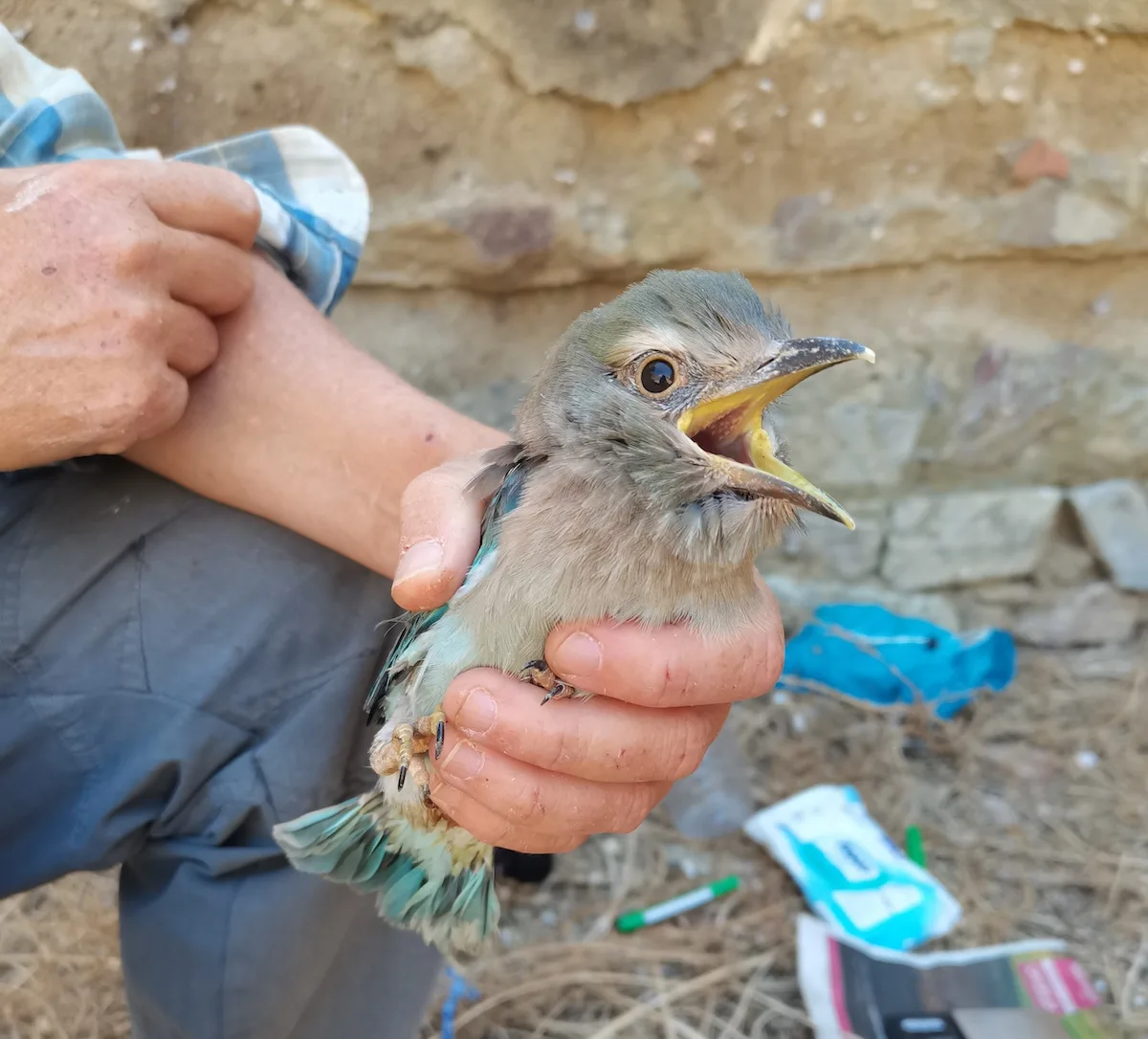On a rocky deserted islet off the coast of São Tomé e Príncipe, Gulf of Guinea, lives a lizard new to Science. A Portuguese scientist has just described this new species in a paper publish in Zootaxa science magazine. It’s the Adamastor Skink.
This lizard has 9.6 and 11 centimetres in length (without the tail), a robust body and a very dark coloration. The only population of Adamastor Skink in the world lives in the 20 hectares (ha) of the Tinhosa Grande islet, Gulf of Guinea.
On this islet, mostly bare rock with a few sparse herbs, live some of the most important seabird colonies in West Africa, with tens of thousands of breeding pairs of Sooty Tern (Onychoprion fuscata), Brown Noddy (Anous stolidus), Black Noddy (Anous minutus) and Brown Booby (Sula leucogaster). But not much else.
Giving the very small area and harsh environment of Tinhosa Grande, the presence of terrestrial vertebrate species wouldn’t be expected. But then, Luís Ceríaco started studying the Trachylepis adamastor, a new species to Science.
It all began in Lisbon, very far away from São Tomé e Princípe. During a systematic revision of the genus Trachylepis from São Tomé e Príncipe, eight unidentified specimens where found inside three jars in the collections of the Instituto de Investigação Científica e Tropical (IICT), Lisbon. The specimens were preserved in alcohol and were in good condition. No scientific name was attached to the specimens, only the place and the date in which they were collected. Luís Ceríaco, the curator of National Museum of Natural History and Science’s Herpetology collections, in Lisboa, was curious.
According to the labels, those specimens where collected in 1970 and 1971 in Tinhosa Grande islet in the last expeditions promoted by the Portuguese colonial government to the region.

The morphological study of those lizards showed that this was a new species to Science. Luís Ceríaco, also a Post-Doc researcher at the California Academy of Science, says that the Adamastor Skink is distinguished from its congeners by its color pattern, size and lepidosis (scale characteristics).
Besides, recent expeditions to the islets have confirmed the presence of the skink population.
This species got its name from the mythical giant inhabiting a rock “in the end of the sea”, present in the Portuguese poet Luis de Camões famous odyssey ‘Os Lusíadas’.
But Adamastor Skink might be in trouble. “Given the area of Tinhosa Grande islet, less than 20.5 ha, this species appears to have one of the world smallest distribution area, among the known species of reptiles, and belongs to the most vulnerable vertebrate species of the world”, says Luís Ceríaco.









